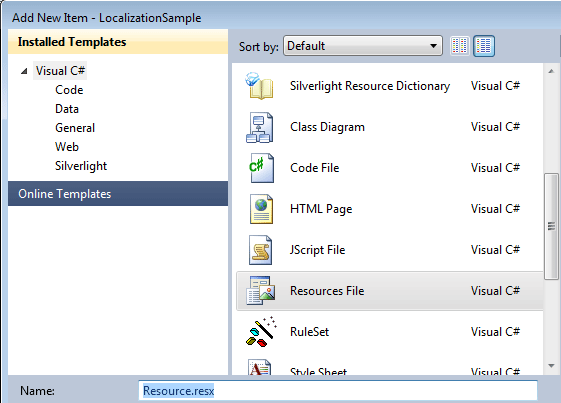
Silverlight 2 (previously referred to as version 1.1) includes a version of the. Support for data formats is limited to XML and JSON only. The native widgets of the browser must be overlaid on top of the Silverlight Canvas for user input. However, there are no GUI widgets built in. To facilitate this, Silverlight exposes a DOM API, accessible from any scripting language supported by Silverlight, which in version 1 release is limited to JavaScript running in the browser. Programmatic manipulation of the UI is achieved by using scripting languages to modify the Document Object Model of the Silverlight Canvas object. Events like keyboard or mouse movements can also raise Events which can be handled by custom scripts. These elements can be animated using Event triggers some animation effects are predefined, others can be created as composite of the pre-defined effects. Any arbitrary shape can be created as well. The elements are properly positioned to achieve the desired layout. Silverlight provides various geometrical primitives like lines, ellipses and other shapes, to elements like text, images, and media, etc. The XAML file contains a Canvas object, which acts as a container for other elements.

Input-handling input from devices like keyboard, mouse, stylus etc.

It is made up of the following components:
SILVERLIGHT DIALOG BOX WINDOWS
Silverlight 1, which was developed under the codename Windows Presentation Foundation/Everywhere (WPF/E) and released in 2007, consists of the core presentation framework, which is responsible for the UI ( user interface), interactivity and user input, basic UI controls, graphics and animation, media playback, digital rights management (DRM), and DOM integration.


 0 kommentar(er)
0 kommentar(er)
